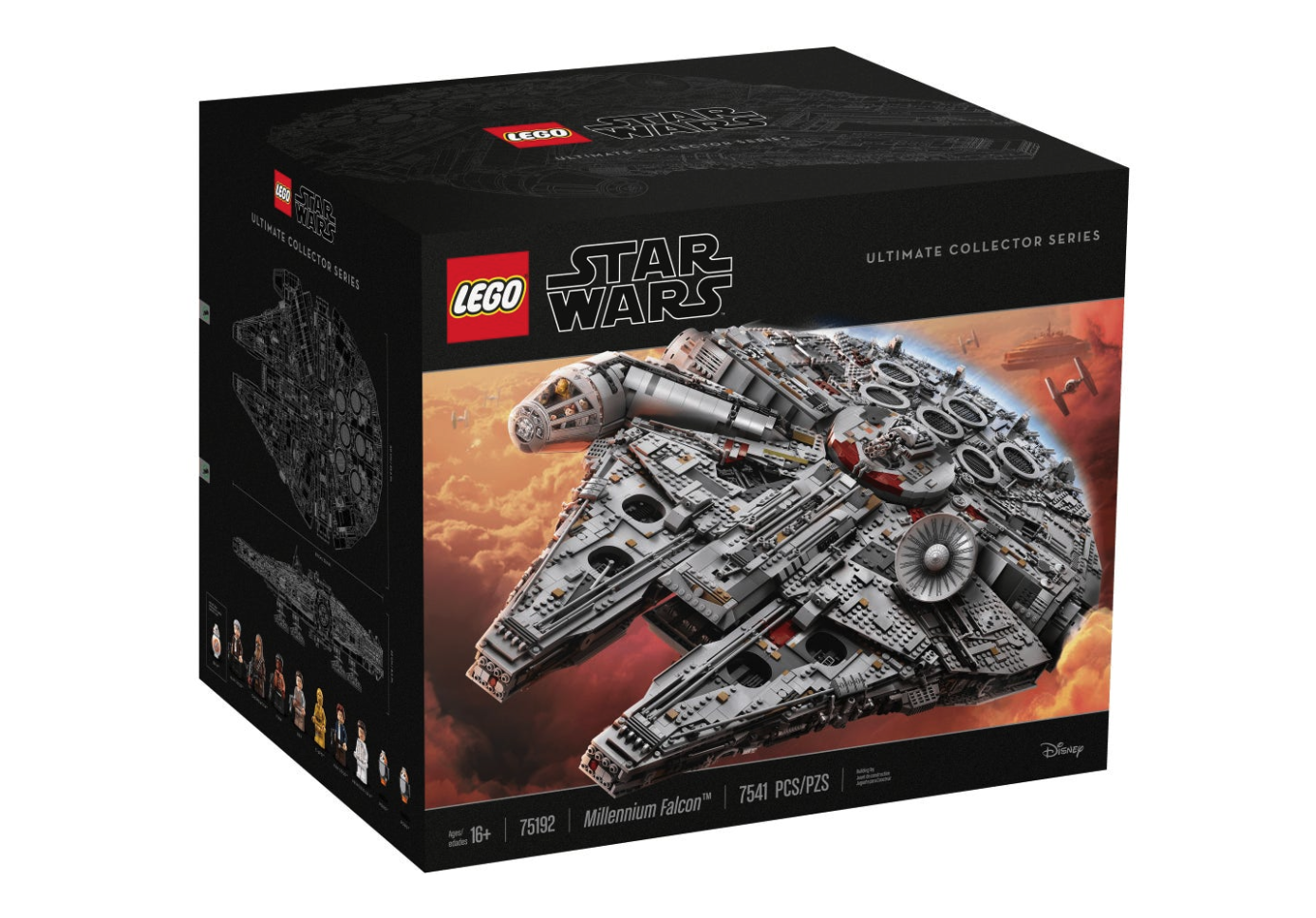The one thing you should know about OKRs (Objectives and Key Results)
Almost every tech company I speak to is either using OKRs, or considering implementing them. Yet, it's hard to find companies that feel whole about them.
In this article you'll learn the one thing you should know about OKRs that most companies miss out on.
What are OKRs
Objectives and Key Results is a goal-setting framework many organizations have started using in recent years. It's especially present within the international tech hubs and VC-backed startups.
Companies opt to use OKRs hoping to achieve better business results in an environment that is volatile and which requires cross-functional collaboration. Among the main benefits described are increased agility in the organization, a more engaged workforce, and better alignment between teams and departments.
The challenges of using OKRs
There are a bunch of things that can go wrong when a company introduces a change, and a new goal-setting framework is no different. With OKRs, the usual challenges that teams face have to do with the time investment and the changes to their rituals.
On a company level, leadership teams often face low adoption across the organization and an unsatisfactory operating cadence around OKRs. The efforts to remedy these issues include additional training on how to phrase OKRs and enforcing more rigid policies around setting OKRs.
These attempts address surface-level symptoms but fail to treat the problem.
I’ve written more on OKR anti-patterns and best practices if you’d like to discover more on the topic.
So what is the one thing to know about OKRs?
OKR is a framework. That's it. Nothing too complicated.
One of the things we constantly get wrong in business when we are looking for solutions is to confuse a list of ingredients with a recipe. A framework is a list of ingredients. It's not a precise description of the steps you should take or how much of something you should mix in.
What frameworks give us are constraints to help us address a topic. In other words, building blocks we can use to try and solve our challenges. It's, by definition, the foundations from which we can branch out and compose many diverse creations.
When we try to copy a solution from one environment (i.e., use a recipe) into a different context, it’s bound to fail.
(from One Fish, Two Fish, Red Fish, Blue Fish by Dr. Seuss)
"Building blocks" sounds a lot like LEGO
Now you get it.
LEGO introduces a few constraints, but that doesn't prevent us from building endless things with it. The shape of the bricks, the way they connect, their colors, and even their price are all constraint that gives us a boundary within which we play.
Recombine the components of a framework to find the best setup for your org structure, business environment, process, and industry. It's true for goal-setting (OKRs), problem-solving (design thinking), software delivery (agile), or any other framework you use at your workplace.
What does all of this have to do with OKRs?
With Objectives and Key Results, you should think as you do about LEGO. Try to find that building blocks and see what you can build instead of trying to create an exact replica of the Millennium Falcon or a Bonzai Tree. It's going to cost you...
(credit: lego.com)
Here are a few examples of OKR components you should evaluate:
Cycle length - quarterly is the most common cycle but is not the golden standard - ask yourself what is the shortest reasonable time in which I can actually produce work and see consequent changes
Granularity - do team-level OKRs make sense for your company, do you have value streams you can line up your OKRs with, and should any teams/functions be excluded?
Cadence - is there any ritual we should add or detract, any changes needed to existing routines, what should be done by when?
Tracking and sharing - how do we make OKRs public, where do we host them, how should we score key results, do we need a dedicated software and would that software overlap with another from our existing stack?
Sustaining - who's our OKR champion, do we have an executive sponsor to support, how do we skill the workforce, and how would we evaluate if we're on the right track?
Help has arrived - a brand new OKR template
I've created a new Miro template to help you sort out the building blocks. Whether you are just tinkering with implementing OKRs or trying to assess how you've been using them, I'm sure it'll prove a helpful exercise.
Use this template to create an OKR program unique to your company's context. You can use it as a structure for a workshop on the topic or work through it on your own.
Working through these building blocks should ensure a smoother experience for your and your company.


